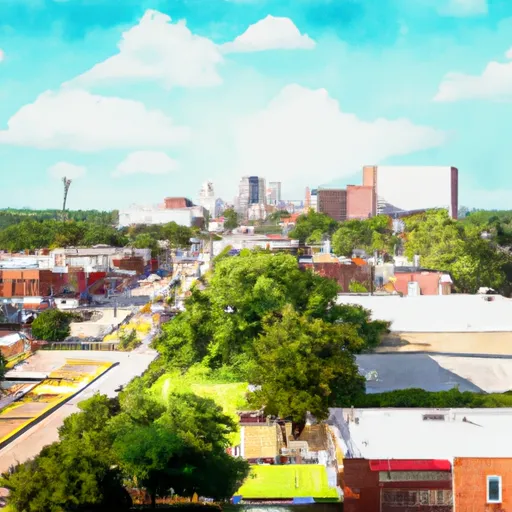°F
°F
mph
Windspeed
%
Humidity











West Monroe is a charming city located in northeastern Louisiana, known for its scenic landscapes and outdoor activities. The city experiences a humid subtropical climate, characterized by hot and humid summers and mild winters. Summers are typically long, with temperatures often exceeding 90°F (32°C), while winters are mild, with average temperatures ranging from 40-60°F (4-15°C). Rainfall is evenly distributed throughout the year, with frequent thunderstorms during summer months.
West Monroe is surrounded by several water bodies, including the Ouachita River and its tributaries. These hydrological constituents provide excellent opportunities for fishing, boating, and water sports. The Ouachita River, in particular, offers picturesque views and is perfect for canoeing and kayaking. Wildlife enthusiasts can explore the nearby Black Bayou Lake National Wildlife Refuge, which features diverse ecosystems and a variety of bird species.
Outdoor recreation opportunities in West Monroe extend beyond the water. The city is home to Kiroli Park, a 160-acre park that offers walking trails, picnic areas, and playgrounds. Additionally, golf enthusiasts can enjoy the challenging chesnut course at Chennault Park Golf Course. West Monroe provides a great setting for individuals seeking to immerse themselves in nature and engage in outdoor activities.
Weather Forecast
West-Monroe receives approximately 1390mm of rain per year, with humidity levels near 78% and air temperatures averaging around 19°C. West-Monroe has a plant hardyness factor of 8, meaning plants and agriculture in this region tend to thrive here all year round.
Regional Streamflow Levels
32,300
Cubic Feet Per Second
2,170
Cubic Feet Per Second
45
Cubic Feet Per Second
99
Cubic Feet Per Second
Nearby Camping
| Camping Area | Reservations | Toilets | Showers |
|---|---|---|---|
| Opelousas City RV Park | |||
| Acadiana Park | |||
| Abbeville RV Park | |||
| Moro Bay State Park | |||
| Chicot State Park | |||
| Palmetto Island State Park |



